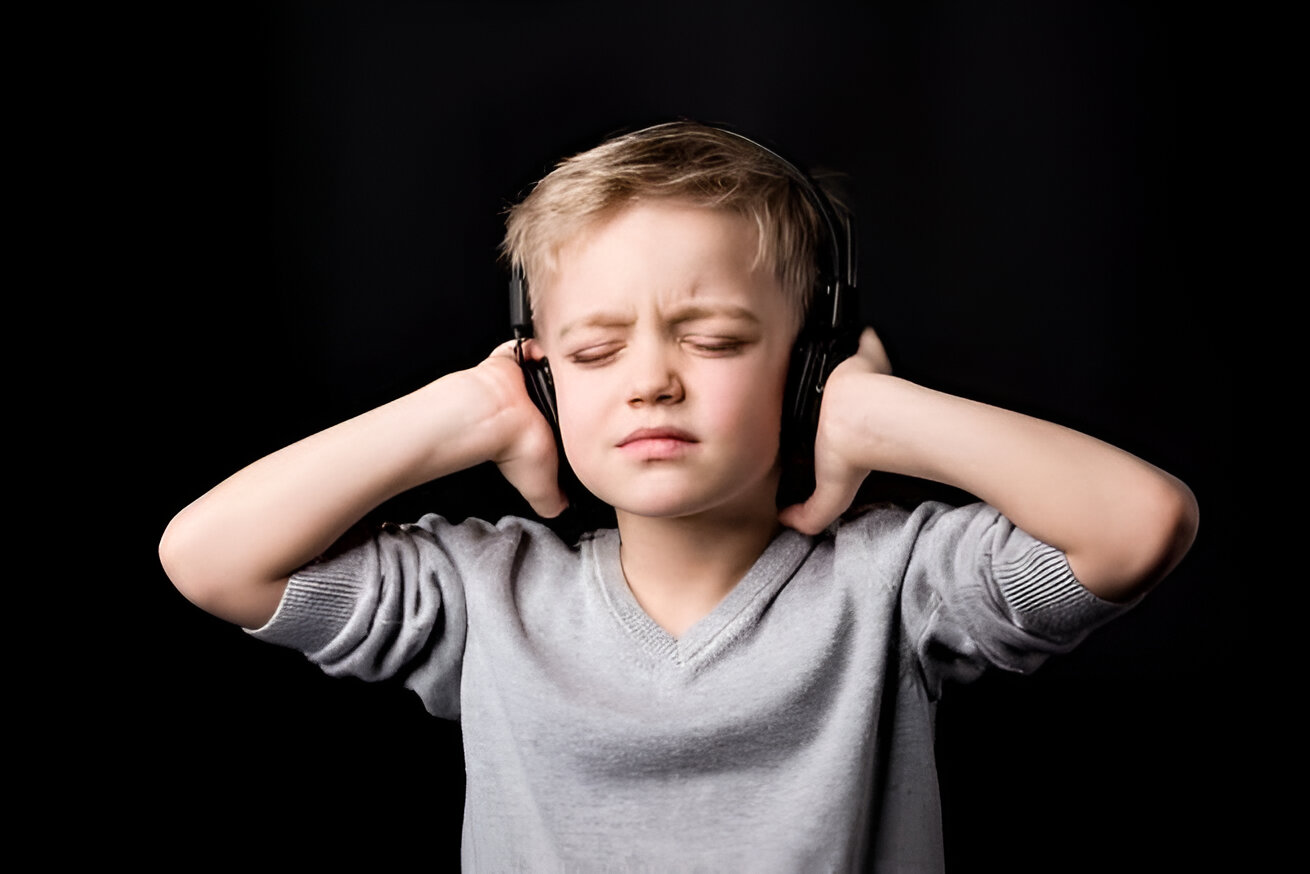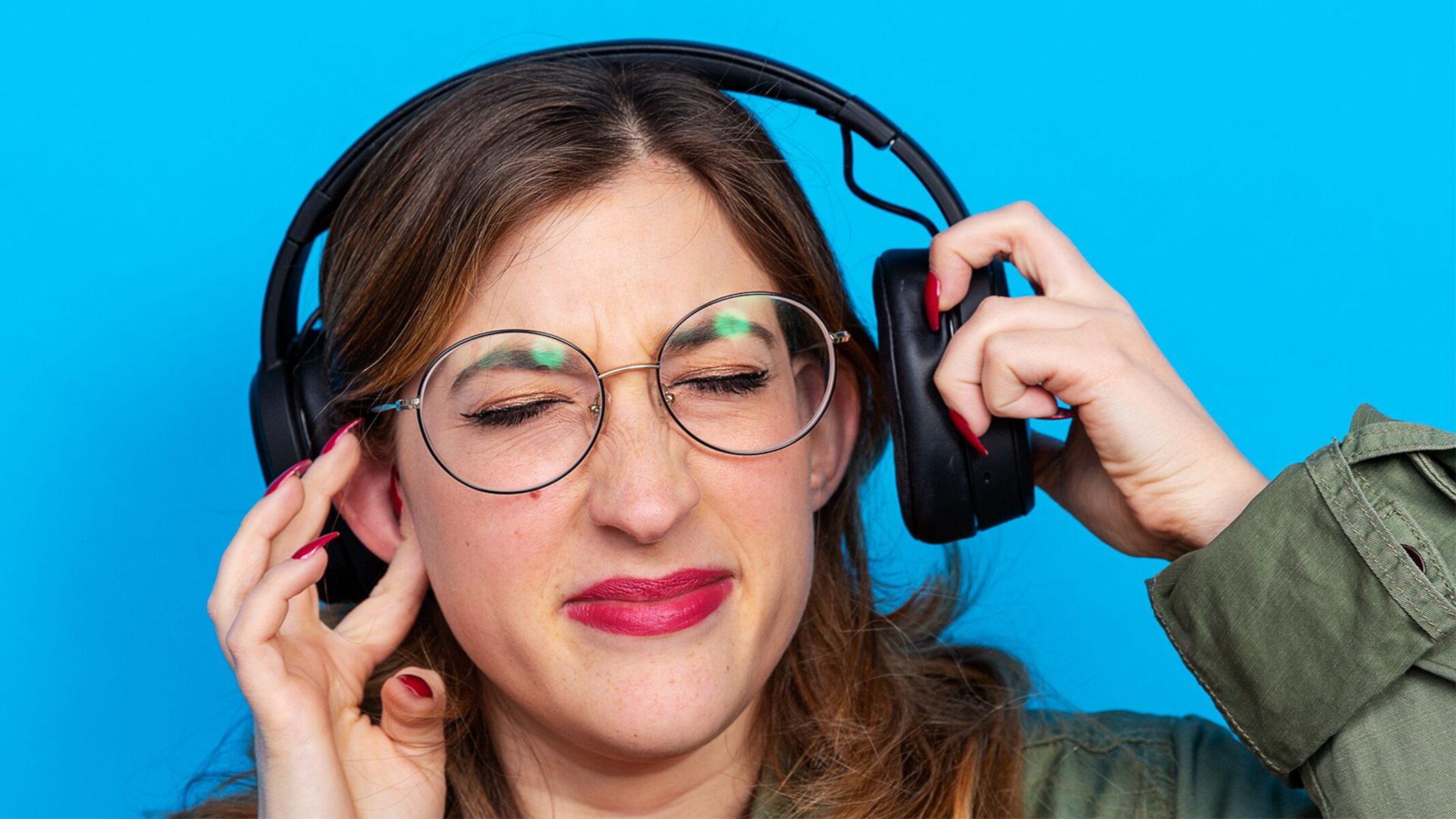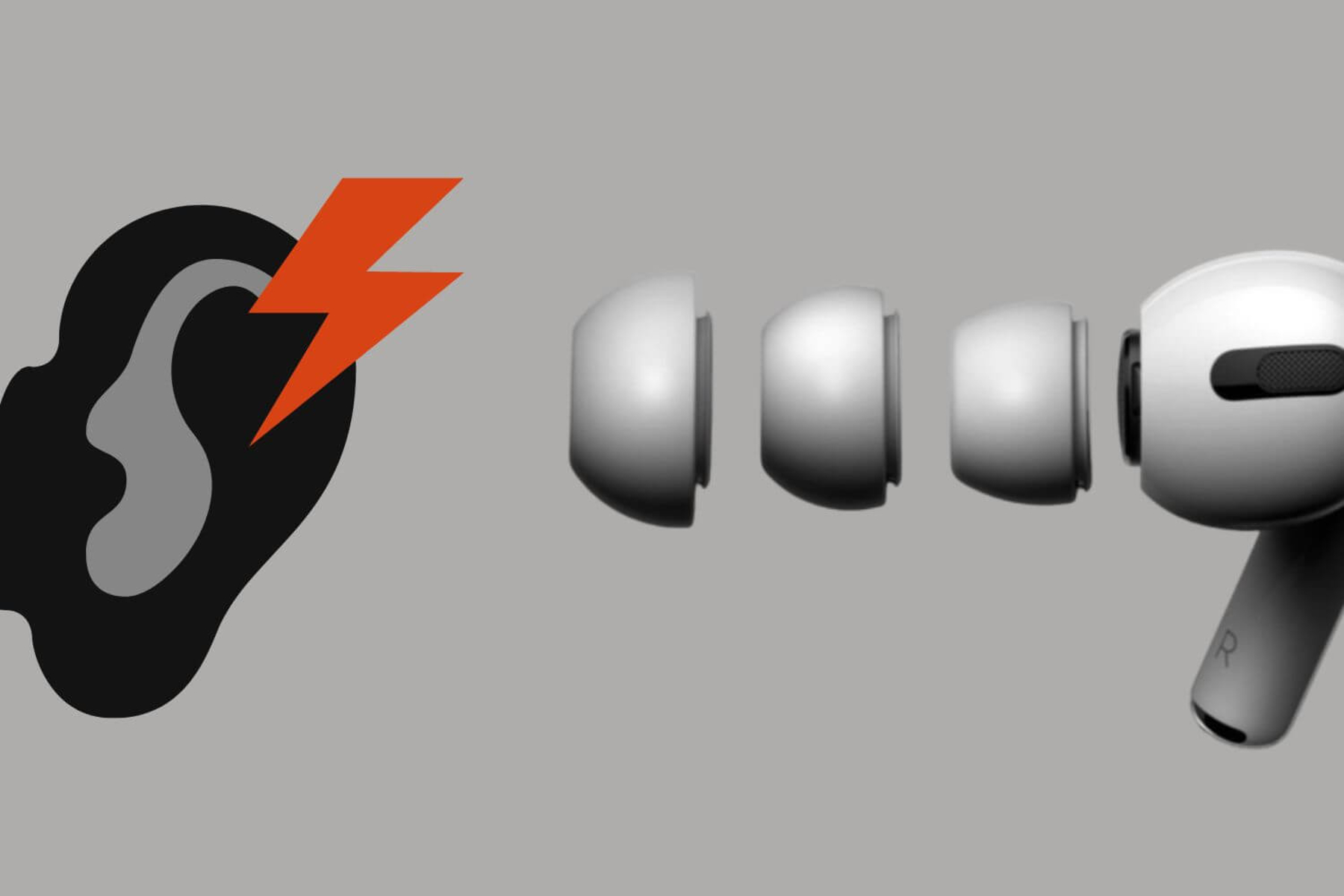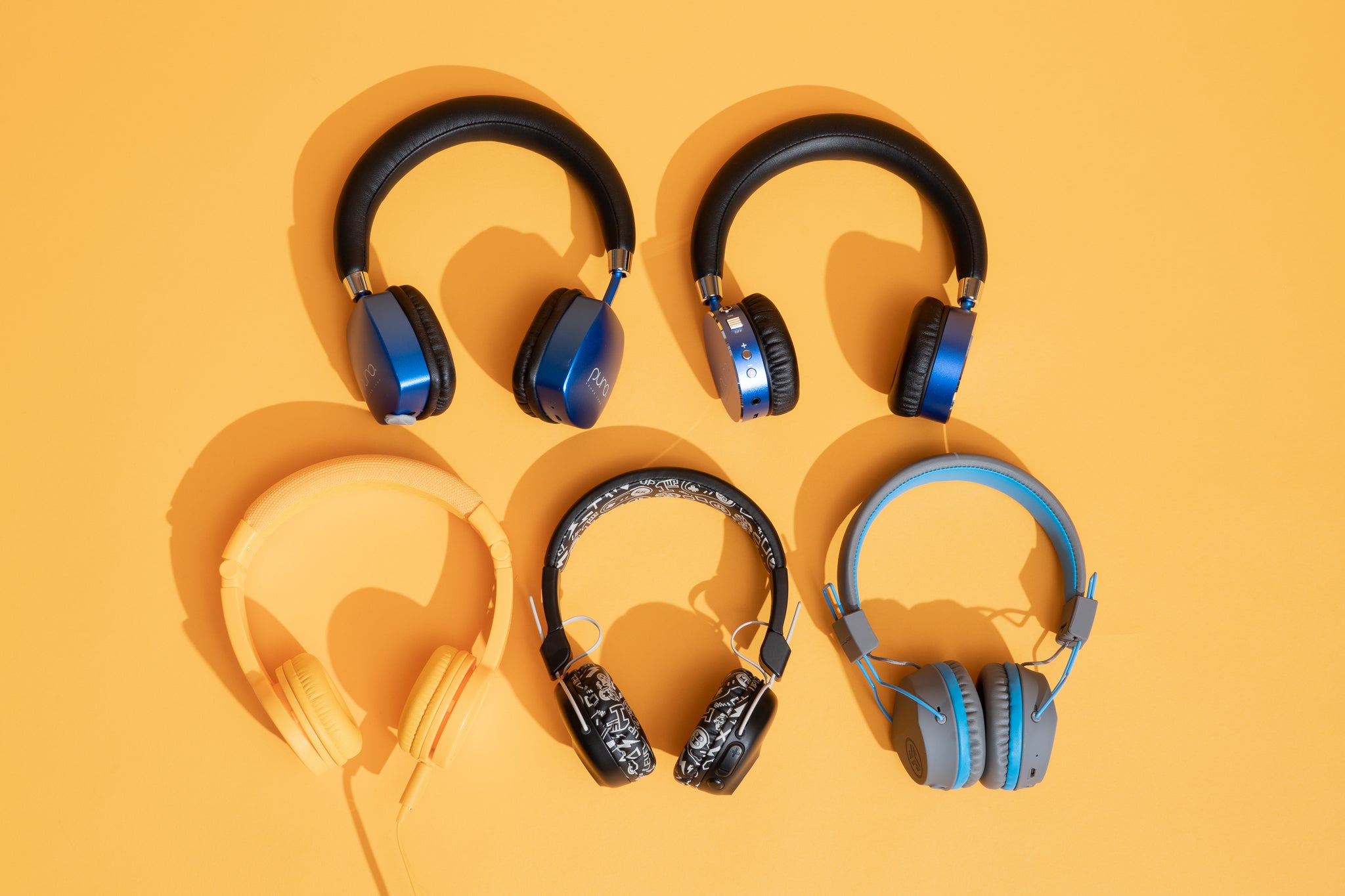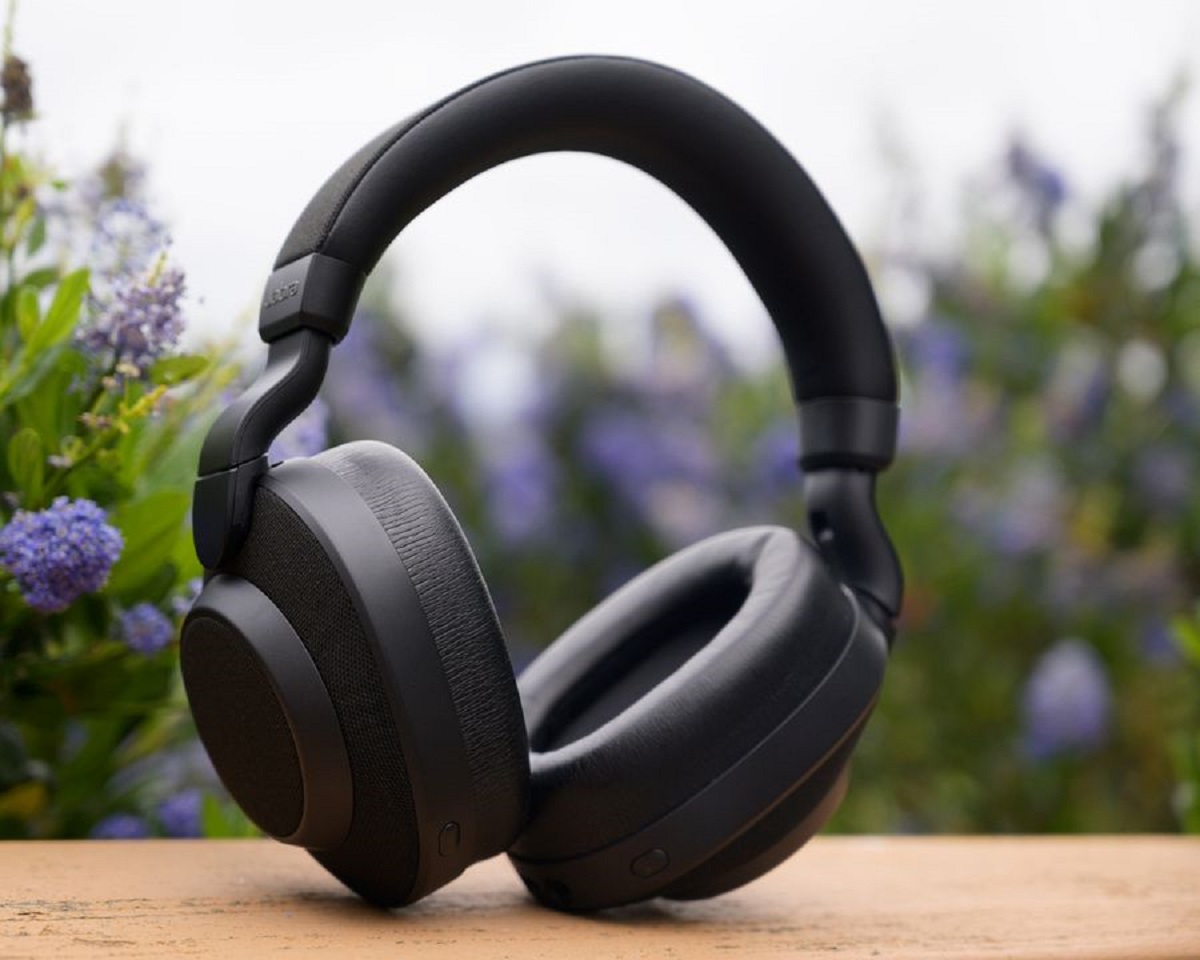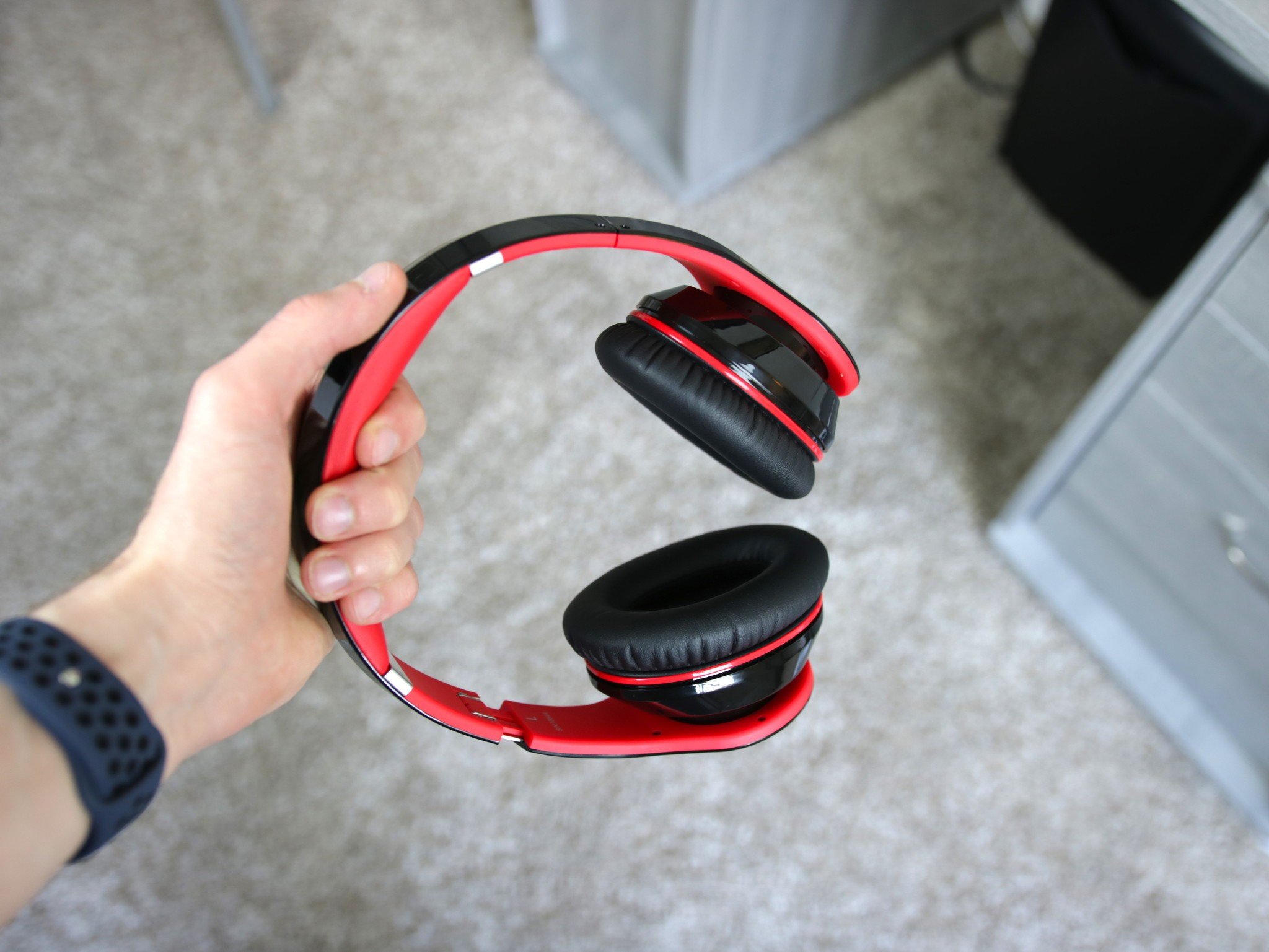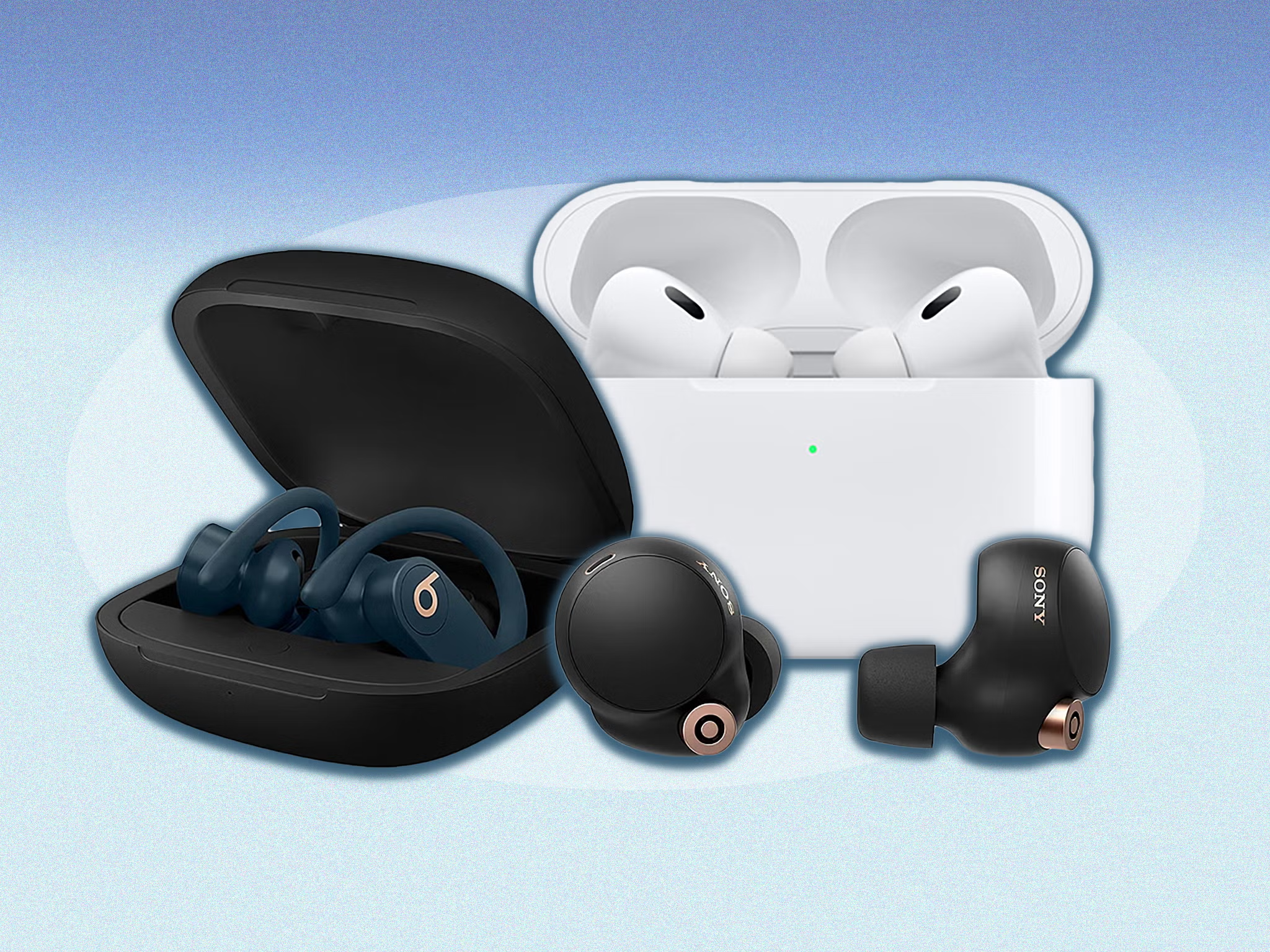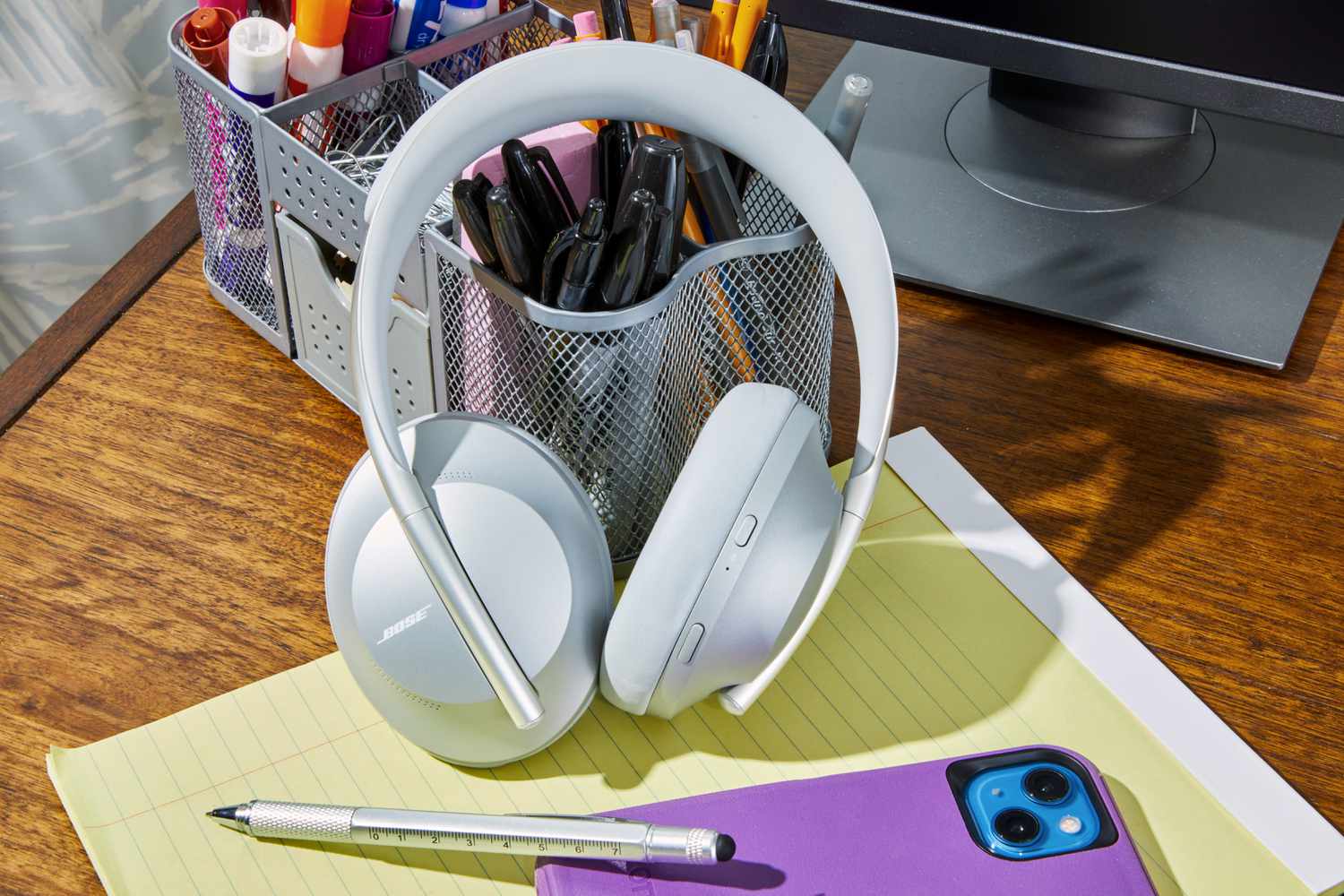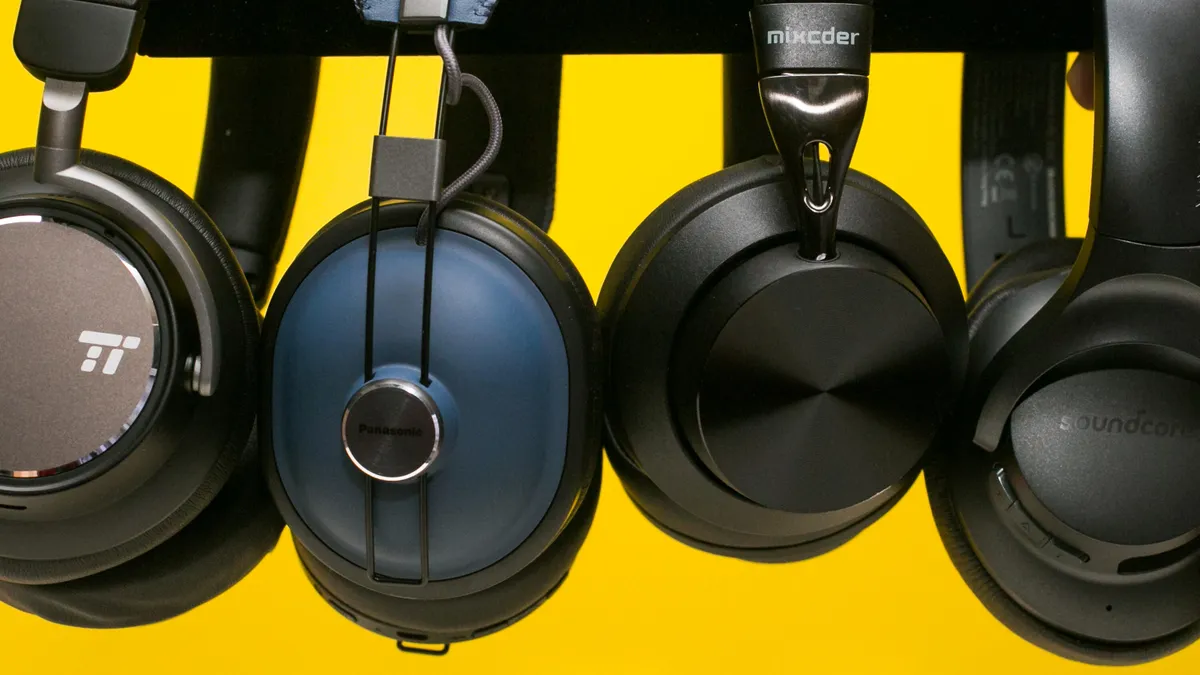Introduction
Introduction
Noise cancelling headphones have become a popular accessory for many people, offering a sanctuary of tranquility in the midst of a cacophony of sounds. These innovative devices utilize advanced technology to minimize external noise, allowing users to immerse themselves in their favorite music, podcasts, or simply enjoy peace and quiet. However, some individuals may experience discomfort in their ears while using noise cancelling headphones, prompting them to question the cause of this unexpected sensation.
The allure of noise cancelling headphones lies in their ability to create a serene listening environment by actively eradicating ambient noise. This feat is achieved through the headphones' built-in microphones, which detect external sounds and generate anti-noise signals to counteract them. As a result, the unwanted racket is effectively neutralized, granting users the luxury of uninterrupted auditory bliss. Despite this remarkable functionality, certain users may find themselves grappling with ear discomfort while using these headphones, raising concerns about the potential reasons behind this unwelcome sensation.
The phenomenon of ear discomfort while using noise cancelling headphones can be perplexing, especially for individuals who have eagerly embraced these devices as a means of escaping the clamor of their surroundings. It is essential to delve into the intricacies of how noise cancelling headphones operate and explore the possible factors contributing to ear discomfort. By gaining a comprehensive understanding of these aspects, individuals can equip themselves with the knowledge needed to mitigate any discomfort and fully appreciate the benefits of noise cancelling headphones without any hindrances.
How Noise Cancelling Headphones Work
Noise cancelling headphones function through a sophisticated process that involves the use of microphones and advanced technology to counteract external sounds. These headphones are equipped with tiny microphones that detect ambient noise in the surrounding environment. Once the microphones capture these external sounds, the headphones’ internal circuitry generates anti-noise signals, which are essentially sound waves that mirror the incoming noise but are precisely out of phase. When these anti-noise signals are combined with the original external sounds, they effectively cancel each other out, resulting in a significant reduction of ambient noise.
This process, known as destructive interference, occurs in real time, allowing noise cancelling headphones to continuously adapt to changes in the surrounding sound environment. The headphones’ circuitry continually adjusts the anti-noise signals to counteract new sounds, ensuring a consistent reduction in ambient noise levels. As a result, wearers can enjoy a peaceful listening experience without the disruptive intrusion of external sounds.
It is important to note that noise cancelling headphones are particularly effective at minimizing low-frequency sounds, such as the hum of airplane engines, the rumble of trains, or the drone of air conditioning units. These headphones may not completely eliminate higher-frequency sounds, but they can still provide a noticeable reduction in overall noise levels, contributing to a more serene auditory environment.
By comprehending the intricate mechanism behind noise cancelling headphones, users can gain a deeper appreciation for the technology that enables these devices to create a tranquil listening space amidst the hustle and bustle of everyday life. Understanding the functionality of noise cancelling headphones also sets the stage for exploring potential factors that could lead to ear discomfort while using these innovative devices.
Possible Causes of Ear Discomfort
While noise cancelling headphones offer a respite from external noise, some individuals may experience discomfort in their ears when using these devices. Several factors could contribute to this sensation, prompting users to seek an understanding of the potential causes behind such discomfort.
One possible cause of ear discomfort while using noise cancelling headphones is the sensation of pressure or a "plugged" feeling in the ears. This discomfort may arise due to the active noise cancellation process, which involves the headphones’ generation of anti-noise signals to counteract external sounds. As the headphones continuously adjust these anti-noise signals to neutralize ambient noise, some users may perceive a subtle change in air pressure within their ear canals, leading to a sensation akin to the pressure experienced during changes in altitude.
Furthermore, prolonged use of noise cancelling headphones can result in a phenomenon known as ear fatigue. This occurs when the brain receives conflicting signals, as the ears detect minimal ambient noise while the headphones continue to generate anti-noise signals. Over time, this sensory dissonance can lead to a feeling of discomfort or fatigue in the ears, akin to the strain experienced when the eyes are exposed to prolonged screen time.
Another potential cause of ear discomfort is the fit of the headphones. If the ear cups are too tight or exert excessive pressure on the ears, it can lead to physical discomfort and a sensation of pressure. Additionally, the prolonged use of noise cancelling headphones, especially in conjunction with high volume levels, can exacerbate discomfort and potentially lead to ear irritation.
It is important to note that individual susceptibility to ear discomfort while using noise cancelling headphones may vary, and some users may not experience any discomfort at all. Nevertheless, understanding these potential causes can empower users to take proactive measures to alleviate or prevent ear discomfort, ensuring a more enjoyable and comfortable listening experience.
Tips to Prevent Ear Discomfort While Using Noise Cancelling Headphones
Individuals seeking to mitigate or prevent ear discomfort while using noise cancelling headphones can employ several strategies to enhance their listening experience and minimize potential discomfort.
-
Take Regular Listening Breaks: It is advisable to take periodic breaks from using noise cancelling headphones, especially during extended listening sessions. By allowing the ears to rest and readjust to ambient sounds, users can reduce the likelihood of experiencing ear fatigue or discomfort.
-
Adjust the Volume: Listening at excessively high volumes can contribute to ear discomfort and fatigue. Moderating the volume levels while using noise cancelling headphones can help prevent sensory strain and discomfort, promoting a more comfortable listening experience.
-
Ensure Proper Fit: Select noise cancelling headphones that provide a comfortable and secure fit. Properly fitted ear cups can minimize pressure on the ears and reduce the likelihood of discomfort during prolonged use.
-
Use Noise Cancelling Mode Selectively: While noise cancelling mode is beneficial in minimizing external noise, users can opt to activate this feature selectively, especially in environments with moderate noise levels. Allowing periods of natural ambient sound to reach the ears can alleviate the potential for ear discomfort associated with prolonged use of noise cancelling mode.
-
Practice Good Listening Habits: Adhering to healthy listening practices, such as maintaining moderate volume levels and taking regular breaks, can contribute to overall ear health and comfort while using noise cancelling headphones.
-
Consider Alternative Headphone Types: Exploring alternative headphone designs, such as over-ear or on-ear headphones, can provide users with options that offer noise isolation without the active noise cancellation process, potentially reducing the likelihood of ear discomfort.
By implementing these tips, individuals can proactively address potential causes of ear discomfort while using noise cancelling headphones, fostering a more enjoyable and comfortable listening experience. These strategies empower users to optimize their use of noise cancelling headphones while prioritizing ear health and comfort.
When to Seek Medical Help
While ear discomfort while using noise cancelling headphones is often temporary and can be alleviated through proactive measures, there are instances where individuals may need to seek medical assistance to address persistent or concerning symptoms.
If individuals experience persistent ear discomfort, pain, or pressure that does not subside after ceasing the use of noise cancelling headphones, it is advisable to consult a healthcare professional. This is especially important if the discomfort is accompanied by symptoms such as dizziness, ringing in the ears (tinnitus), or a feeling of fullness in the ears, as these could be indicative of underlying ear-related issues that require medical evaluation.
Furthermore, individuals who have pre-existing ear conditions, such as ear infections, eardrum perforations, or a history of ear surgeries, should exercise caution when using noise cancelling headphones. If the use of these headphones exacerbates existing ear-related symptoms or discomfort, seeking guidance from an otolaryngologist (ear, nose, and throat specialist) is recommended to assess the impact of noise cancelling headphones on the individual’s ear health.
In situations where individuals experience sudden or severe ear pain, hearing loss, or any alarming changes in their auditory health while using noise cancelling headphones, seeking prompt medical attention is crucial to address potential underlying issues and ensure the preservation of ear function and well-being.
It is important to prioritize ear health and seek professional medical guidance when encountering persistent or distressing ear-related symptoms, as timely intervention can facilitate the appropriate management of any underlying conditions or concerns.
By recognizing the circumstances that warrant medical attention, individuals can safeguard their auditory health and address any potential issues related to ear discomfort, promoting overall well-being and peace of mind.







